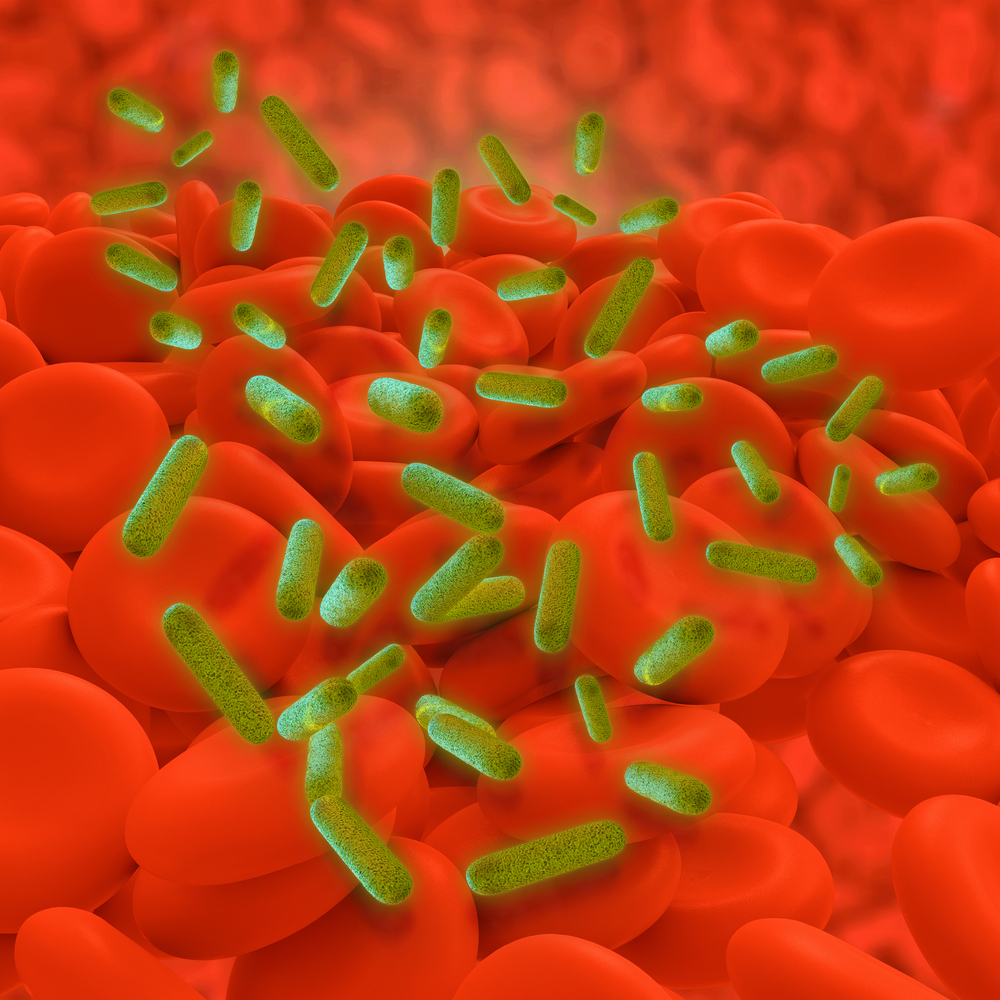 Pancreatic stone protein (PSP), a protein secreted by the pancreas especially during pancreatic disease, is indicative of postoperative infection in cardiac patients. This is true for both patients who undergo sternotomies during cardiopulmonary bypass surgery (“on-pump surgery”) and those who undergo off-pump surgery. The finding was detailed in a recent report published in PLOS One, entitled “Pancreatic Stone Protein Predicts Postoperative Infection in Cardiac Surgery Patients Irrespective of Cardiopulmonary Bypass or Surgical Technique.”
Pancreatic stone protein (PSP), a protein secreted by the pancreas especially during pancreatic disease, is indicative of postoperative infection in cardiac patients. This is true for both patients who undergo sternotomies during cardiopulmonary bypass surgery (“on-pump surgery”) and those who undergo off-pump surgery. The finding was detailed in a recent report published in PLOS One, entitled “Pancreatic Stone Protein Predicts Postoperative Infection in Cardiac Surgery Patients Irrespective of Cardiopulmonary Bypass or Surgical Technique.”
“In an unselected population of cardiac surgery patients, post-operative serum PSP levels were significantly associated with the presence of infection in both the on-pump and off-pump setting,” wrote co-lead authors Dr. Holger J. Klein and Dr. Adam Csordas at University Hospital Zurich in Switzerland.
The intention of the study was to evaluate the clinical utility of serum biomarkers to indicate the presence of postoperative infection. Pancreatic serum protein has been shown on numerous occasions to indicate the presence of inflammation after non-pancreatic trauma and multiorgan failure in the case of sepsis, but no studies to date had investigated its predictive capacity in the case of cardiopulmonary bypass surgery.
To fill this gap in knowledge, the team at University Hospital Zurich conducted a prospective study of 120 patients undergoing cardiac surgery. They collected serum to analyze the levels of circulating PSP and two other inflammatory biomarkers routinely used to identify infection: C-reactive protein (CRP) and white blood cells (WBC). The goal was to compare biomarkers between on-pump and off-pump surgery and between minimally invasive surgery and sternotomy.
Pancreatic stone protein levels at baseline, 24 hours post-op, 48 hours post-op, and 72 hours post-op were of primary interest, but the time course of PSP with and without infection was also considered. The entire study population showed a statistically significant increase of PSP, WBC, and CRP within 72 hours of cardiac surgery. Those with greater levels of PSP were more likely to develop an infection than those with an uneventful profile of PSP levels.
No difference was seen between on-pump and off-pump surgery at postoperative days 1-3. However, when the invasiveness of surgery was considered, the researchers saw that patients undergoing a sternotomy were significantly more prone to infection, with a significantly steeper rise in PSP compared to those undergoing minimally invasive surgery. “Of note, the surgical technique employed (sternotomy vs. minimally invasive approach) had a significant impact on postoperative PSP levels,” wrote the authors. Interestingly, the same was not true of CRP and WBC levels, which were similar between the two approaches.
Ending the pilot study, the authors sought to correlate PSP levels and infection to identify the predictive power. Receiver operating characteristics (ROC) curve analysis showed that among PSP, CRP, and WBC, PSP was most sensitive and specific to infection after two days. It gave the most significant prediction in clinical outcome for postoperative infections, while CRP and WBC lacked any discriminatory ability. Thus, assessing patient PSP levels may indicate the need for anti-infection treatments, but “Future clinical studies are required to further assess whether PSP has a future role in clinical decision making in the postoperative course of cardiac surgery patients,” wrote the authors.


